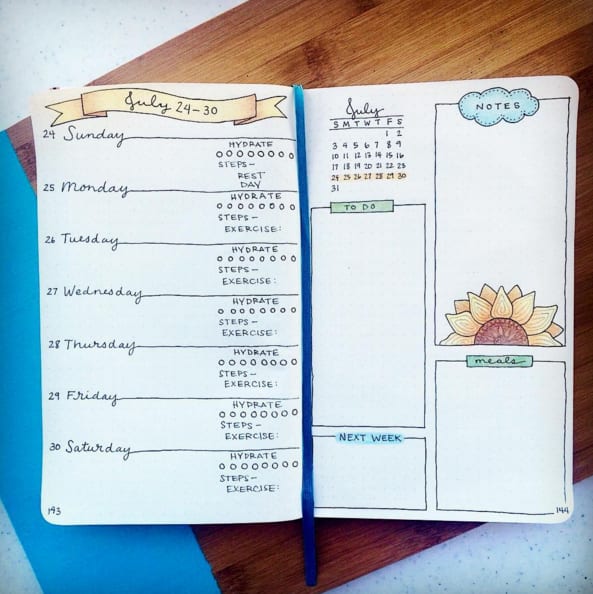There is Power in Positivity: 4 Things To Get You Started
There is great power in positivity. Whenever I ask a client what they want to see more of in their life, they seemed stumped. We are very good at knowing what we don’t want, finding the negative and wanting to dwell on it. It seems to be human nature, the idea that if we can just go over the negative stuff we can find the answer.
The answer really is identifying what brings us joy and spending our day identifying the positive and trying to focus on an abundance of just that. Let’s face it, being positive has never made anyone feel worse!
Learned optimism is something you can teach yourself. A quick Google search shows that on any given day our brain makes about 35,000 decisions. Now imagine if those decisions were focused on the positive. We could choose the decision that brings us more joy, the one that makes us feel happier.
Make a Conscious Choice
Every morning when you get up, set your intention for the day. Is it going to be a good day or are you going to choose stress and negativity? Start by remembering what you are grateful for and that can guide you in setting your intention. It might be that you are grateful for the beautiful fall weather. That might mean that your intention is to enjoy every moment you get to spend in it. Maybe park a bit further from the office or step outside for lunch.
Embrace Positivity
Find out what positivity is all about. Add a few positivity pages to your Facebook likes. This will populate your Facebook feed with good things when you check it. You will start to notice that those negative headlines disappear and are replaced with new ideas and ways to be positive. We like to follow Happify because they share tips and thoughts to help us bring more happiness into our life. Positive Energy + is another great page that is filled with inspiring quotes and positive media stories.
Choose You
One of my favourite blogs is Positively Present. Dani’s tips are simple, honest and very practical. In her article on making positive life choices, she suggests listening to your instinct and doing what is best for you. How often do you do something that doesn’t feel right but you do it anyway? It may not be the best decision for you but it is the easier choice that won’t ruffle any feathers.
Do Something You Have Never Done Before
Make it fun, do something that you wouldn’t normally do. Attend an auction, volunteer at a food bank, go see a car race, have your eyebrows shaped, take a cooking class, speak in front of a large group……the list is endless but it has to be unique to you. If you are one to put everyone before yourself then focus on doing something for you, if you never step outside your comfort zone then take a leap or if you are stuck in a rut and never do anything different then think outside the box. Ask a friend who knows you well for some suggestions and you will be well on your way to a more positive and happier you
Save






















